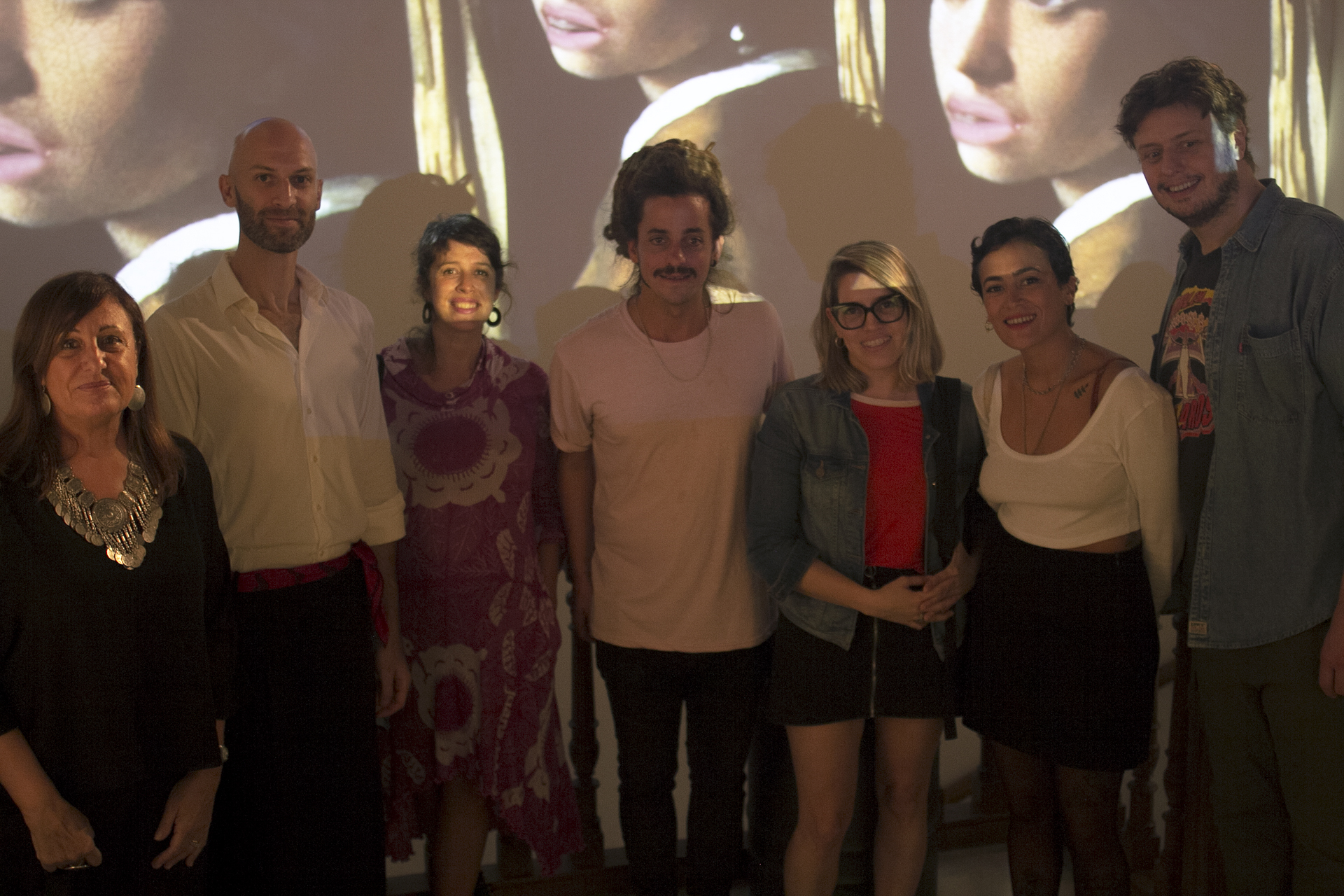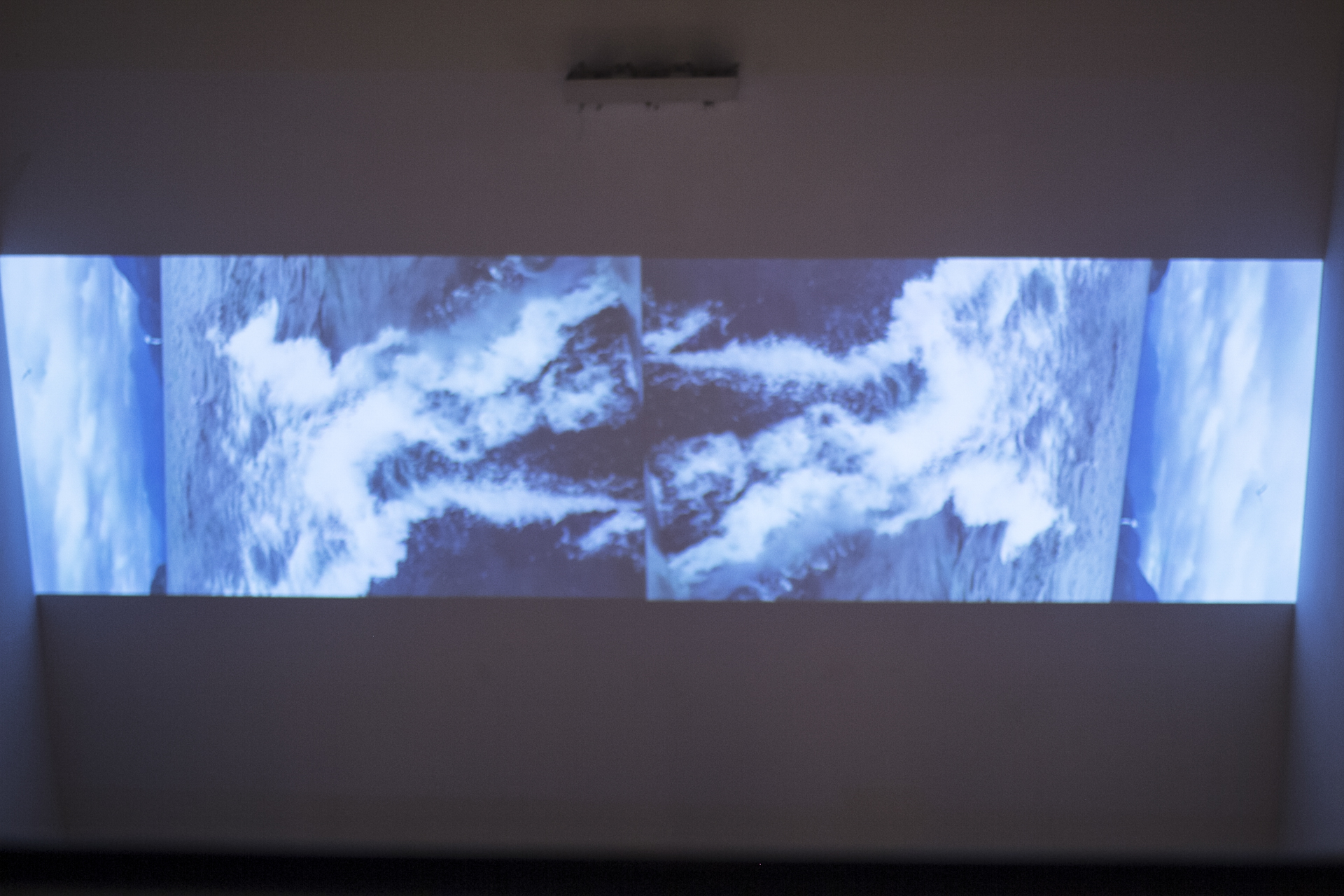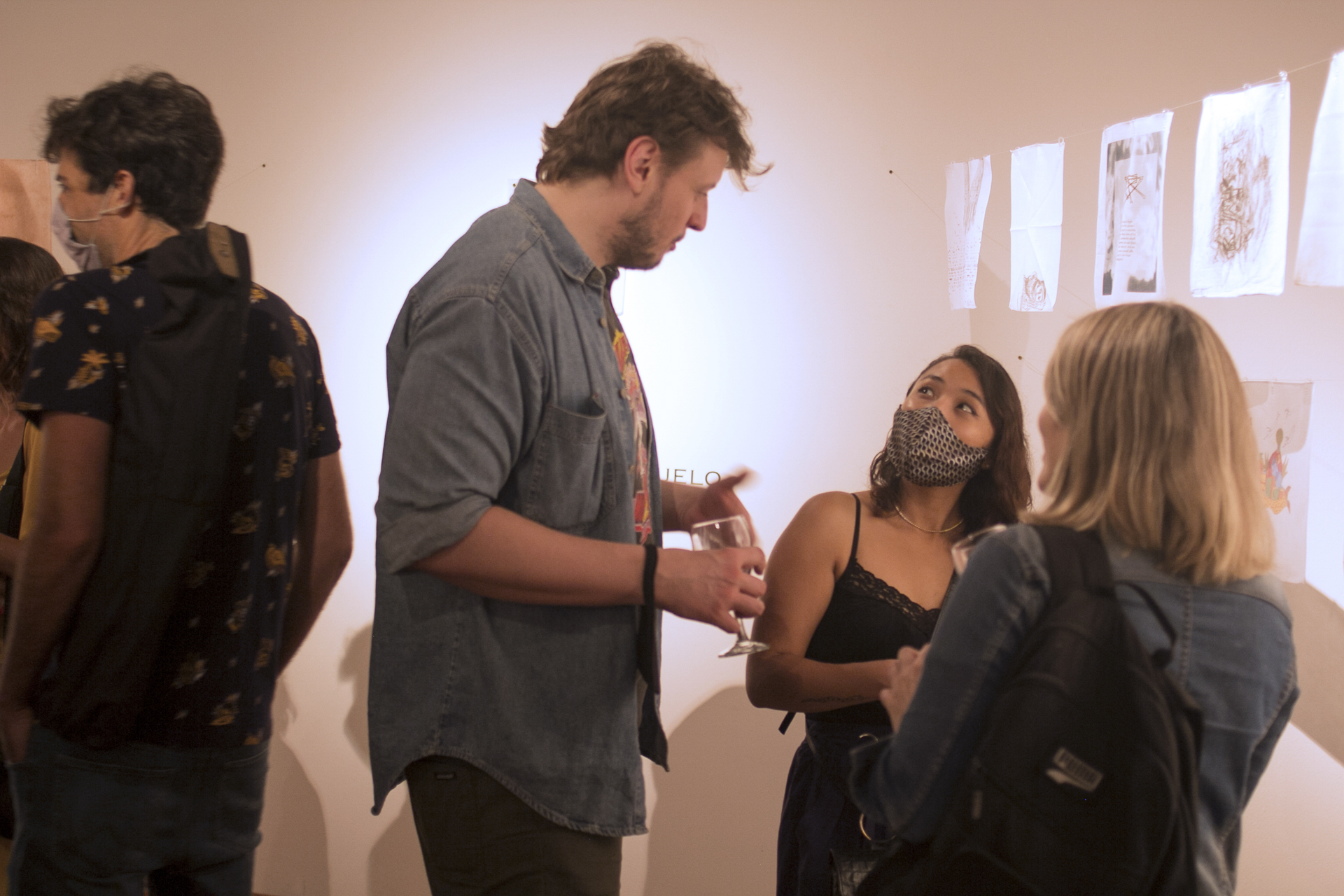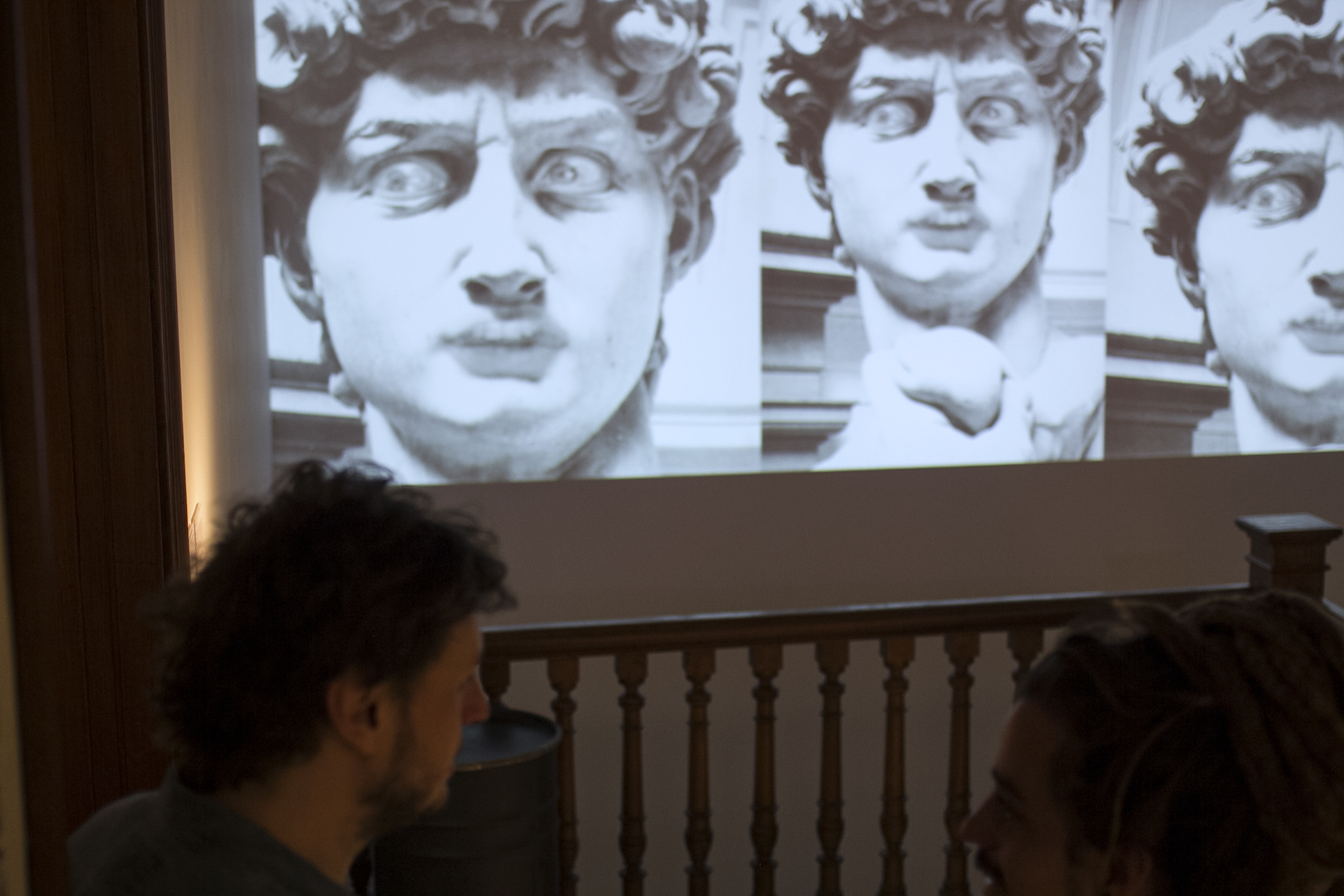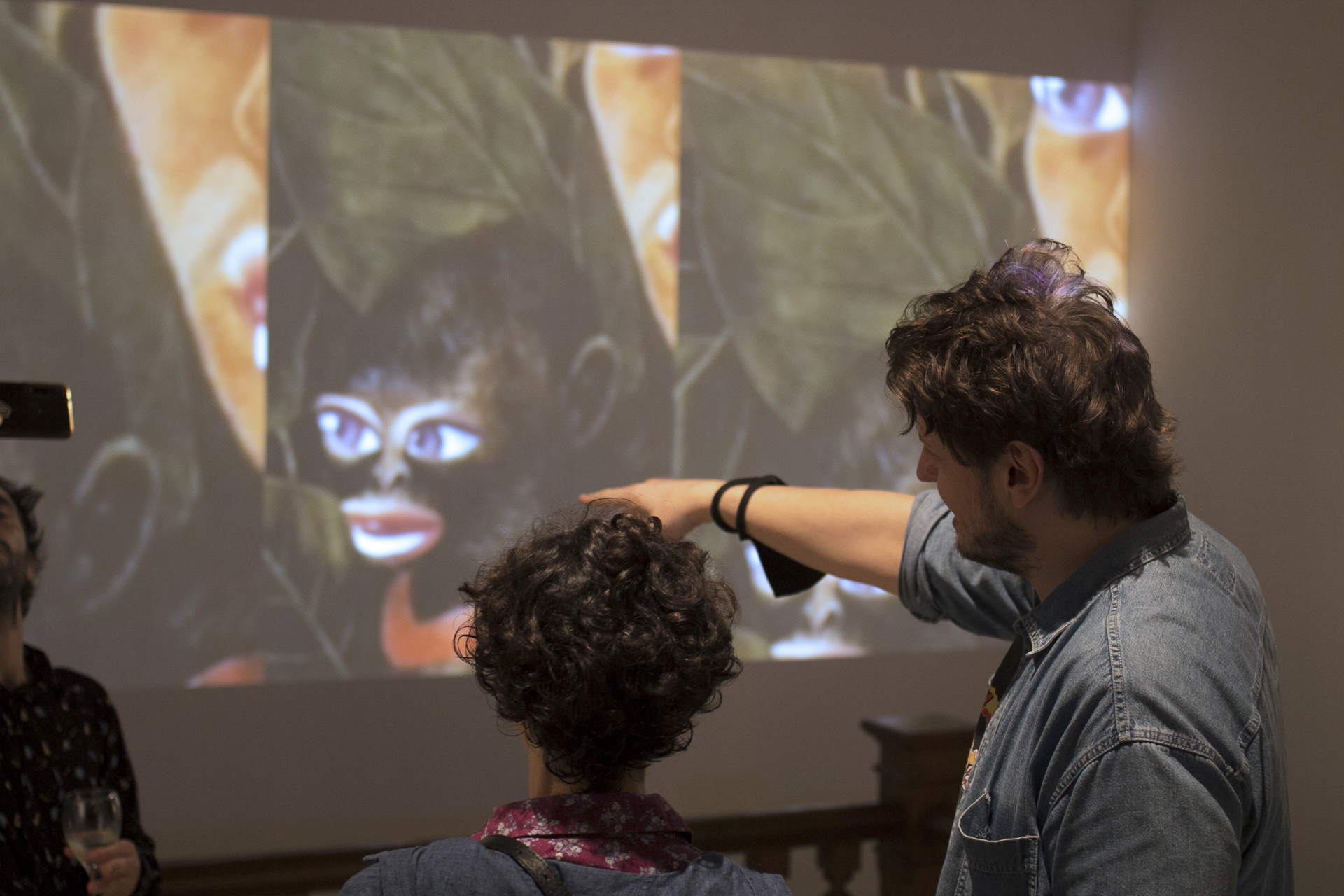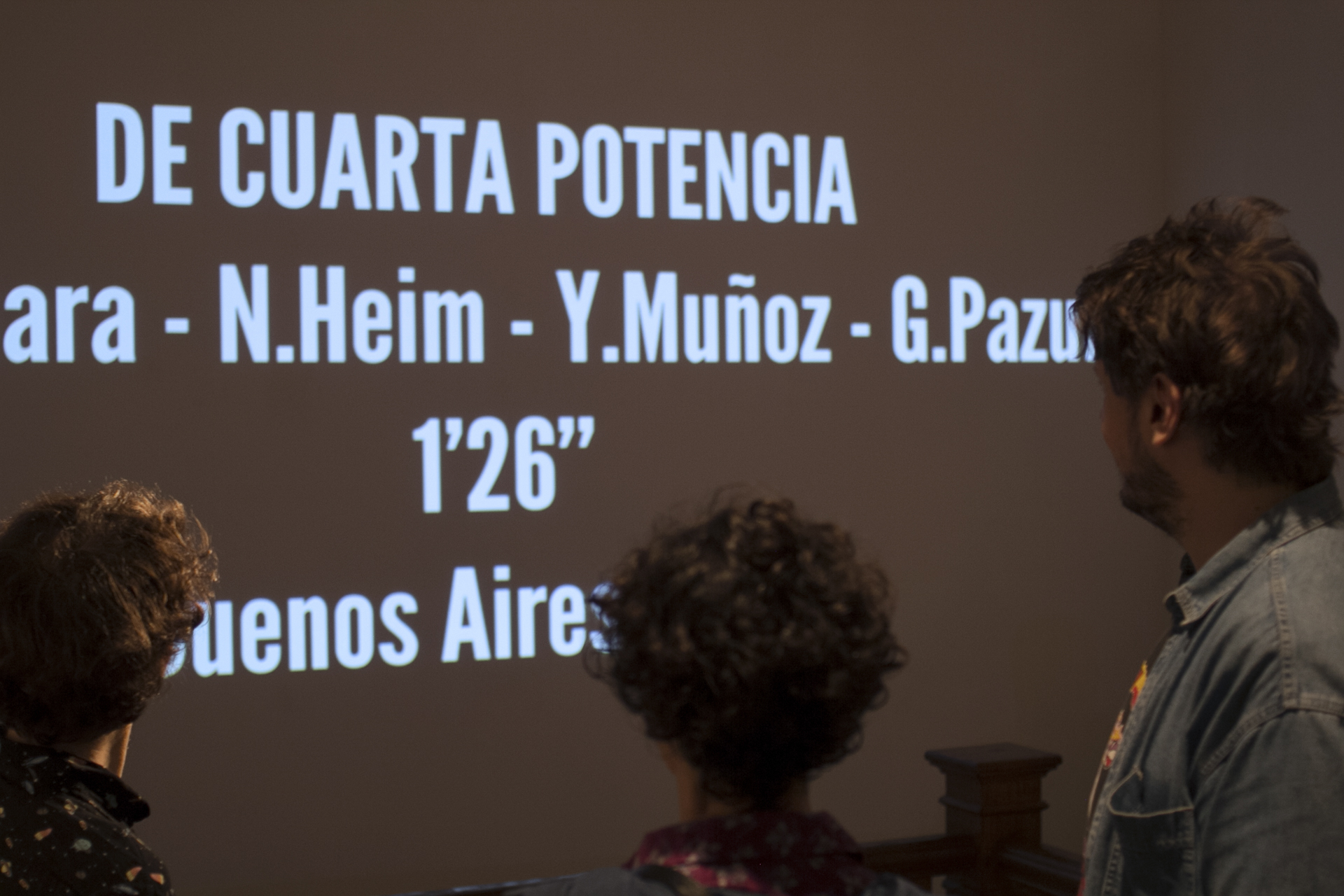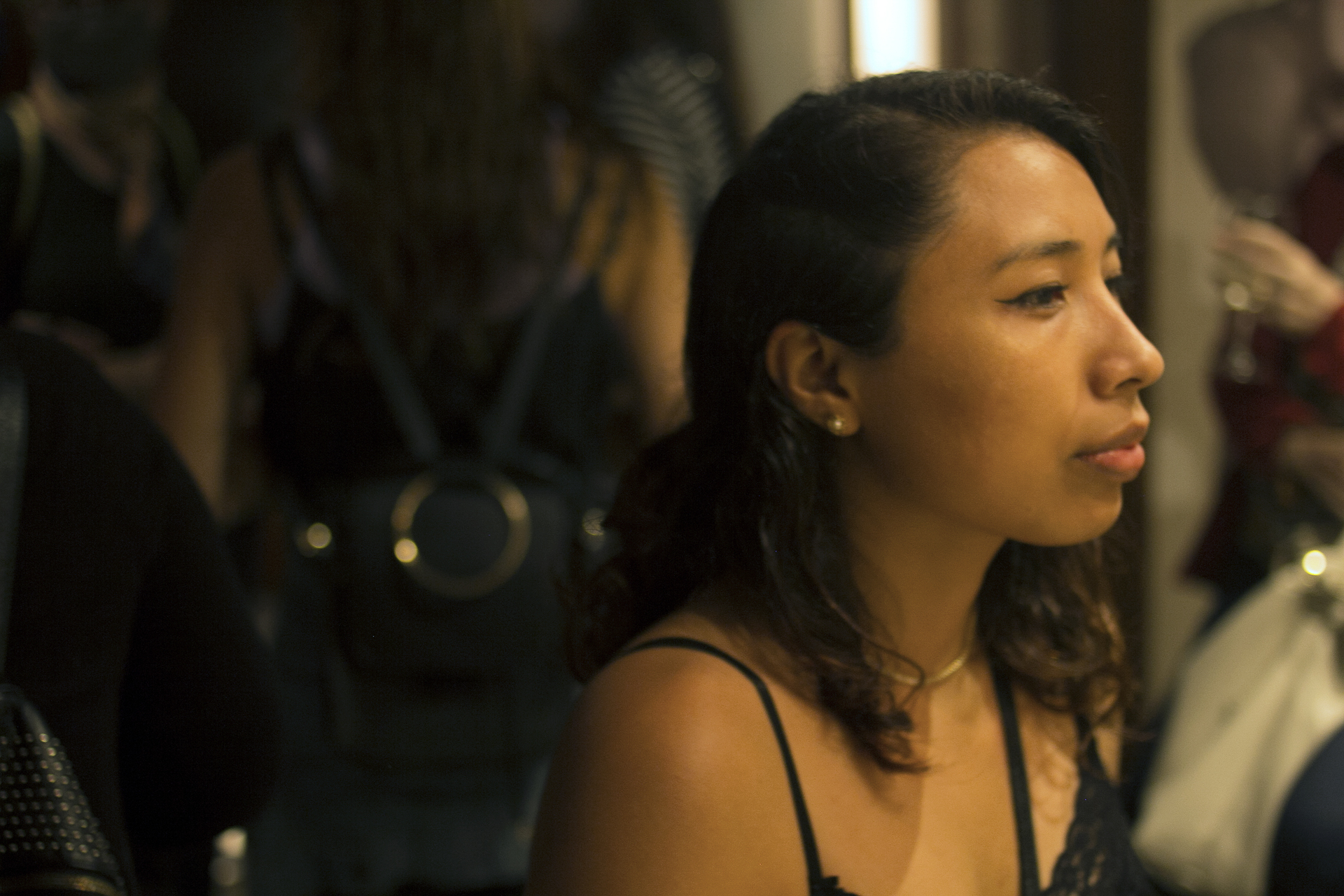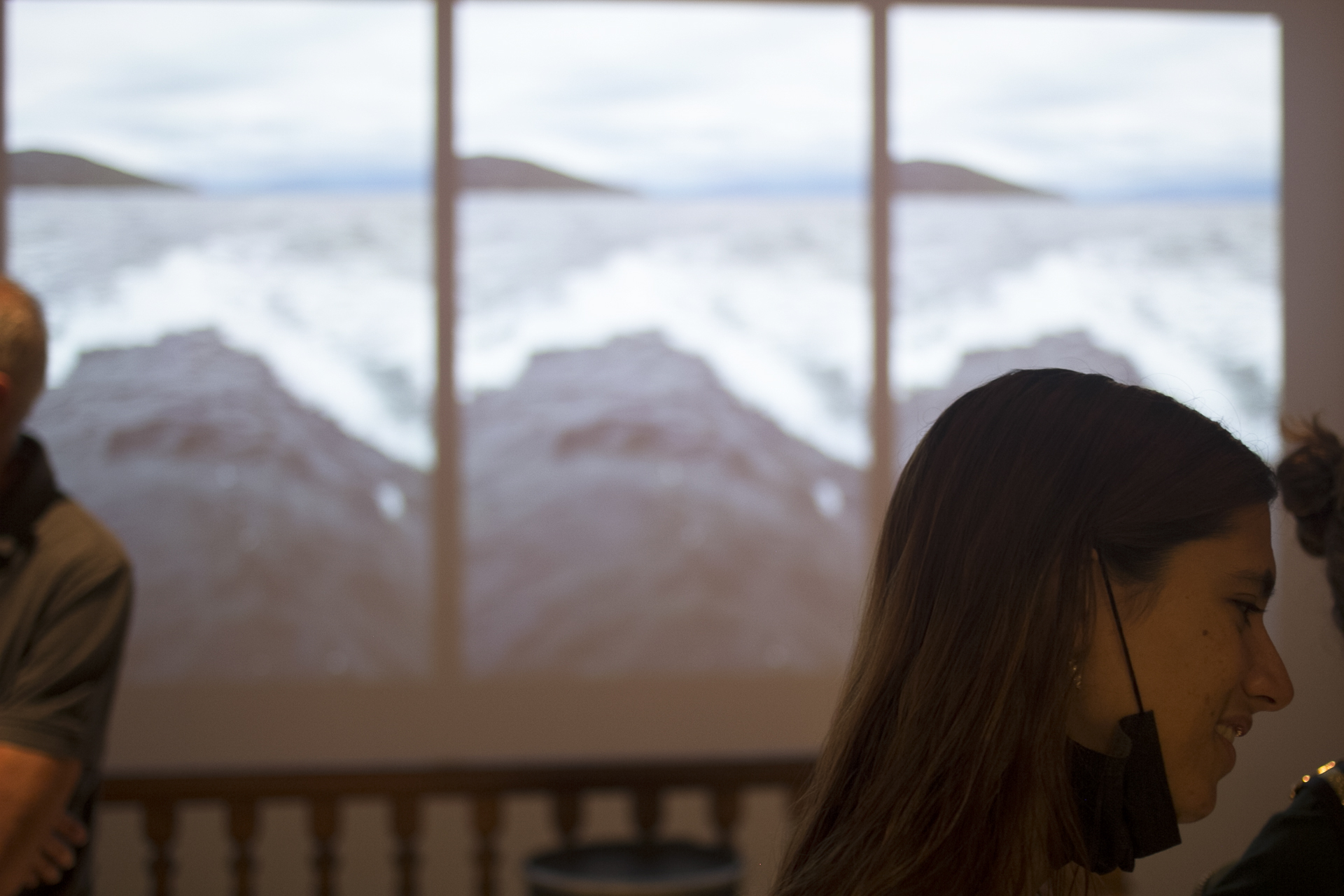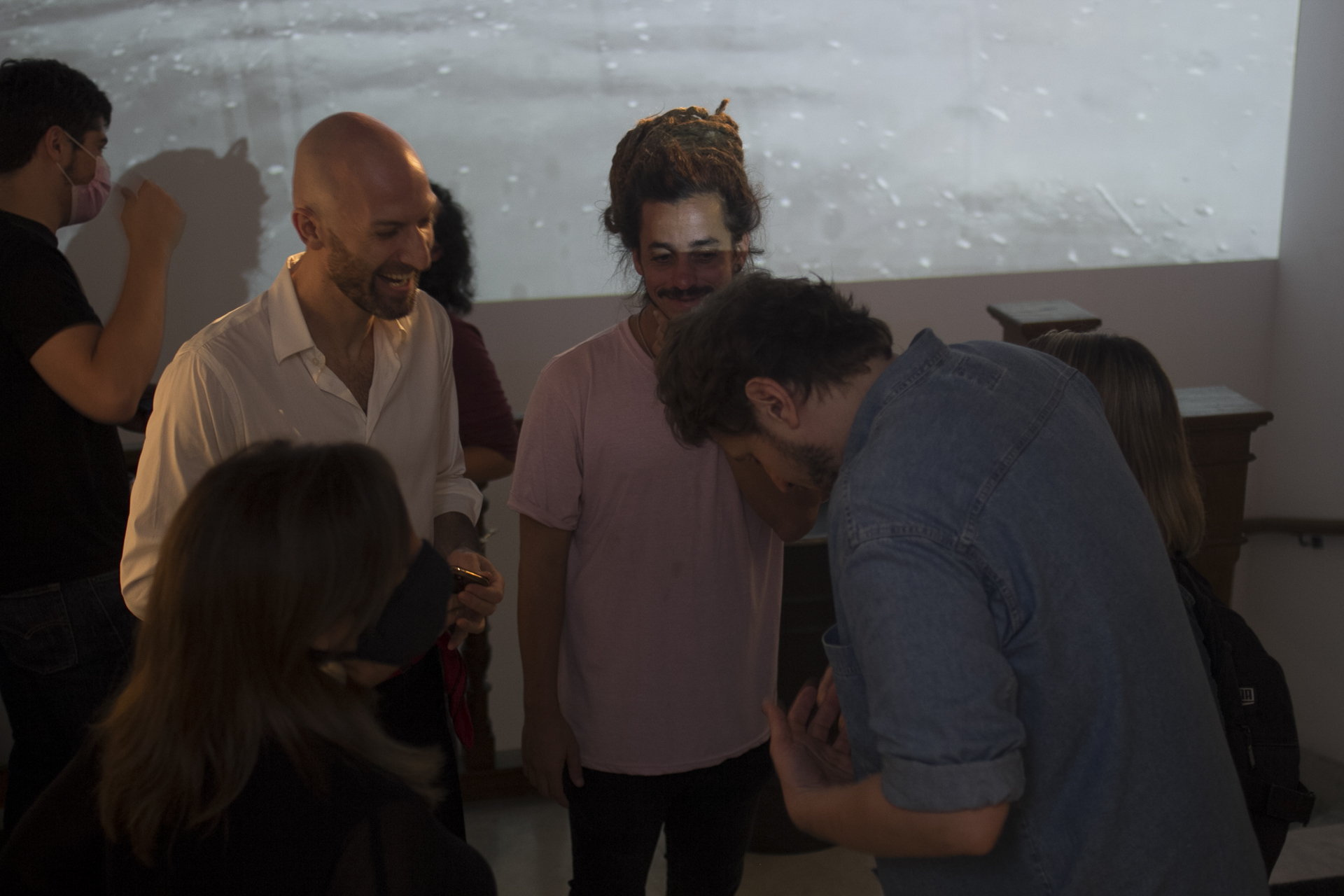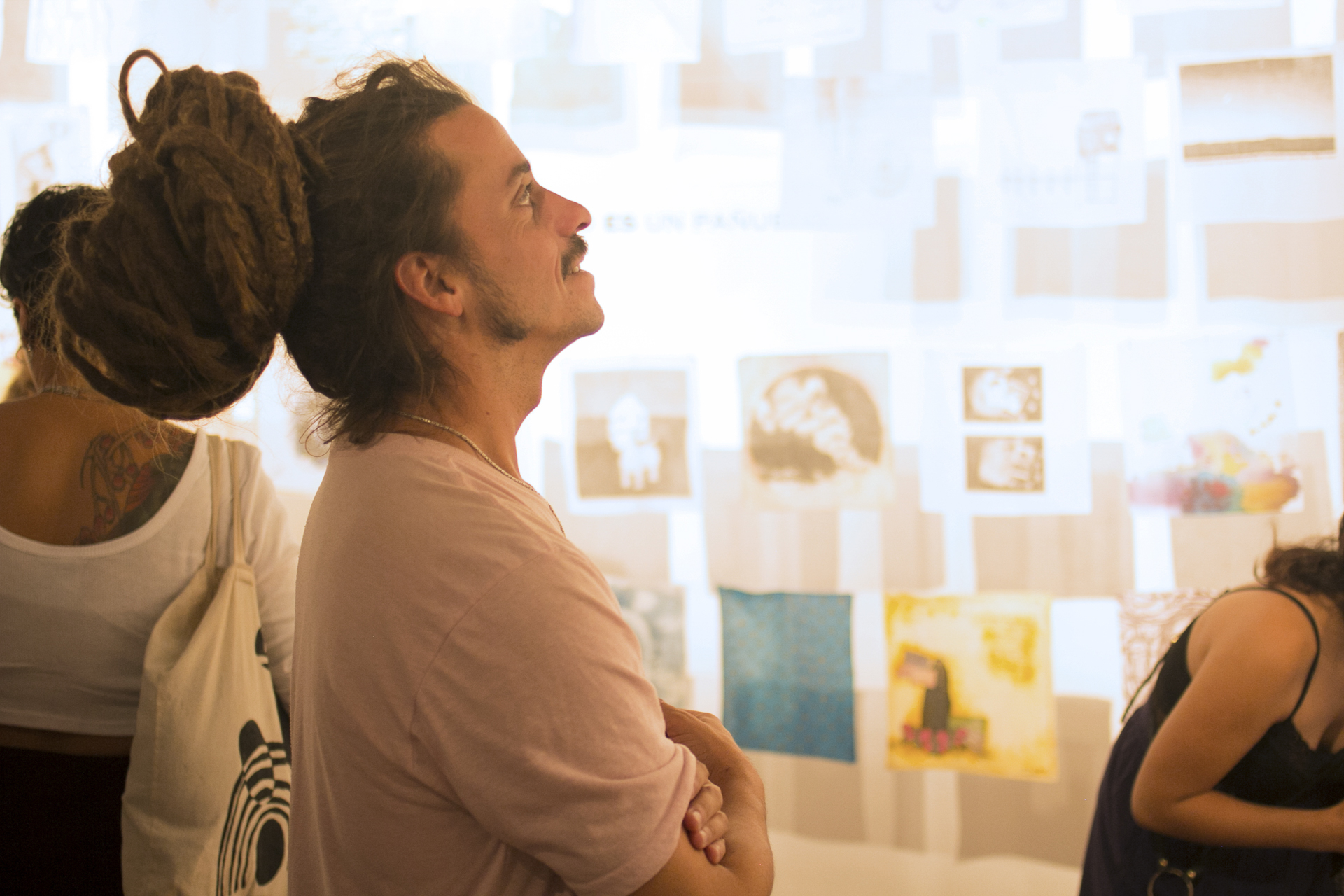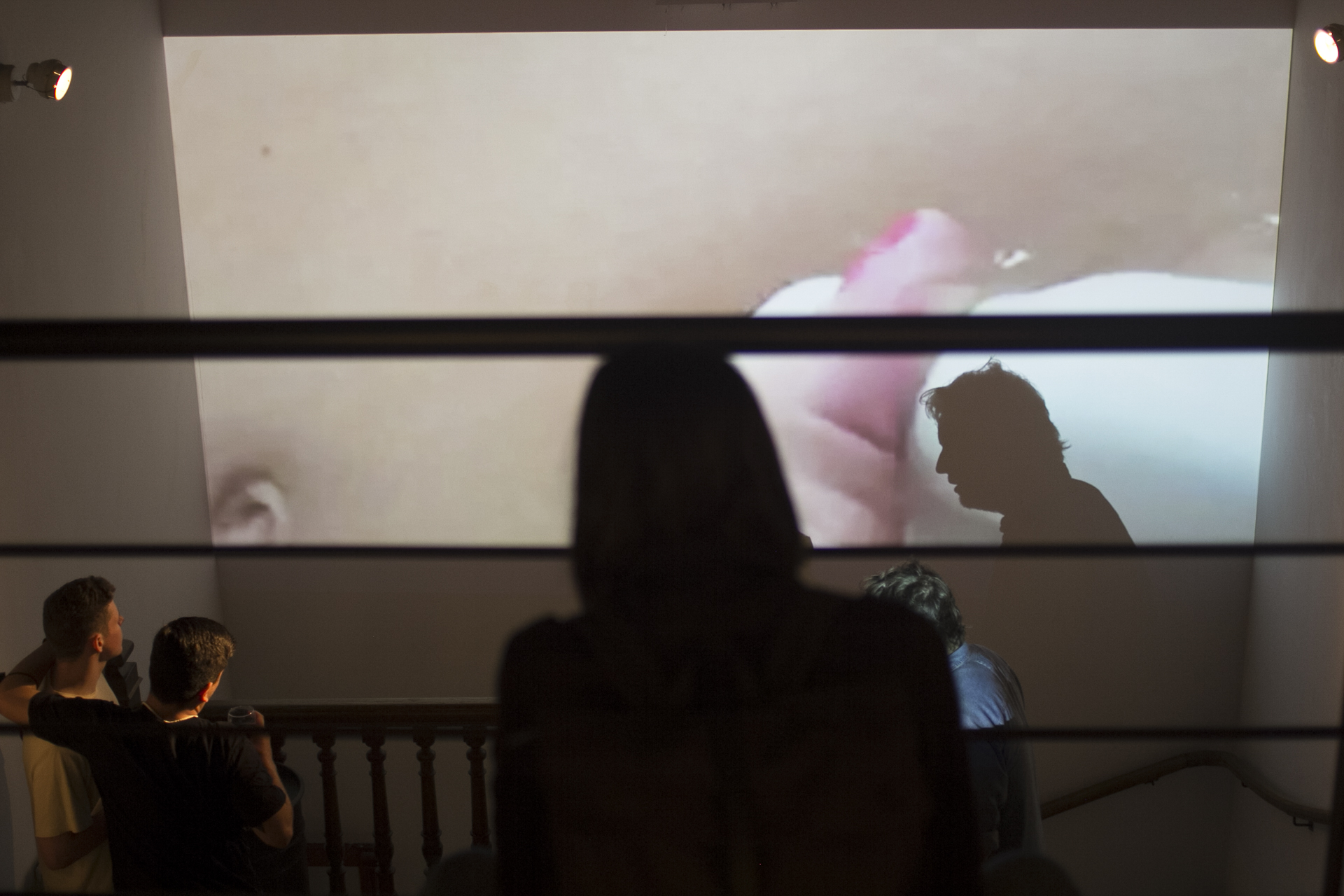Artists
Argentina
Melissa Scolari
#7: Cohabitar Fronteras
03.02.22 03.03.22
She attended the Visual Arts Workshop at the Universidad Nacional del Nordeste from 2010 to 2012 under the guidance of Óscar Sánchez Kelly. She received a scholarship in workshops for analysis and monitoring of visual arts productions during the years 2013-2017, she worked with: Verónica Gómez, Diego Figueroa, Pablo Siquier, Sebastián Rosso, Fernanda Toccalino and Andrés Labaké. She is a Portuguese teacher and director of BACA: Balcony of Contemporary Art Angaú. In 2014 she won the First Prize awarded at the “4th Regional Painting Hall of the City of Tres Isletas in Chaco, Argentina. Also Melissa was selected in prestigious competitions and calls such as the “13th Biennial of Young Art” in Santa Fe (2018), for her work “Near Universes” in the FNA Visual Arts Contest at Casa Nacional del Bicentenario (2019), in ” 50th Fernán Félix de Amador Visual Arts Hall” (2019) and the “UNNE Award for Visual Arts 2019”.
ARTIST´S STATEMENT
My quest explore the fragility of memory, the illusion of keeping memory intact, and, above all, the obsessive drive to record, preserve and replicate images in different ways in a vain attempt to reach eternity. I mainly use paper in small dimensions as a support. The little durability that these materials provoke is related to the state of impermanence of the portrayed fact.
ABOUT COHABITAR FRONTERAS
This experience allowed me to discover and explore new ways of carrying out projects, having to collaborate and develop strategies together with different disciplines artists.
BIO
Melissa Scolari
1994 | Resistencia, Chaco.
Lives and works in Resistencia, Chaco, Argentina.
STUDIES
Currently | Bachelor of Combined Arts, National University of the Northeast, Argentina.
2017 | Portuguese Teachers, Higher Institute of Teacher Training “Josefina Contte”, Argentina
EXHIBITIONS
2021 | “Our memories flicker in and out of existence”, Bunker, San Juan, Argentina
2021 | “I don’t need anything more than to think I’ve been heard”, El Quiosquito, Chaco, Argentina
2021 | “While I wait for death, I pray”, Chorizo Gallery, Chaco, Argentina
2018 | “As if everything were a badly remembered dream”, Garra Galería, Chaco, Argentina

Related Activities
Fellowships, Together Apart
#7 | COHABITING BORDERS: results
Artists in dialogue
23.03.22
From cohabiting to collapsing, and vice versa, those were the movements and actions that we proposed from ‘ace for the seventh edition of Together Apart. We chose the title Cohabiting Borders with the intention of exploring the complexities that occur in the exchange of living together, and because we understand the meeting format of this program as an exercise in itself of cohabitation of a frontier: the border between our online and offline existence.
For this collective research, we also defined three axes that helped us review some possible strategies for cohabiting borders, these were: pointing frontiers, deprogramming frontiers, and metabolizing frontiers.
In this way, we were also able to observe different types of borders that contemporary artistic practices explore, from geopolitical, climatic, and technological borders, as well as the borders between forms of knowledge and methods of linking with the world.
The participating artists designed collaborative dynamics based on their areas and disciplines of knowledge but above all, opening themselves to the encounter with the experience of the other(s). In this way, great relevance was given to the exchange and the works generated from the reflection on the possible points of articulation between artists from very varied contexts.
In tune with the online environment of the program, many artists used that condition of “being connected” as an object and means of research, development and presentation of their works. They used streaming platforms such as Twitch and social media visual resources (Instagram filters) or video games. Also, several of Google's tools were used. In some cases these were useful to observe photographic records of artificially generated borders between countries (Google Street View) and in others, the artists resorted to them to point out the limiting or creative interactions that are possible between human knowledge and artificial intelligences. (Google translate). In turn, there were many proposals that involved leaving the online world towards an exploration of the environments where each artist was and the records of it through
photographs, videos and the creation of video-essays.
Moved from the beginning by the desire to understand borders as membranes rather than walls, during the month of work, the artists began collaborative creative searches that have led to visual exercises that will be presented at the ´ace Foundation on Wednesday March 23 and that in many cases, they will be ongoing investigations.
Related artists
FACILITATING TEAM
Daniela Ruiz Moreno (curator), Alicia Candiani (Director at ´ace) and Andrés Knob (Executive Coordinator at ´ace).
Assistant: Florencia Alborcen.
